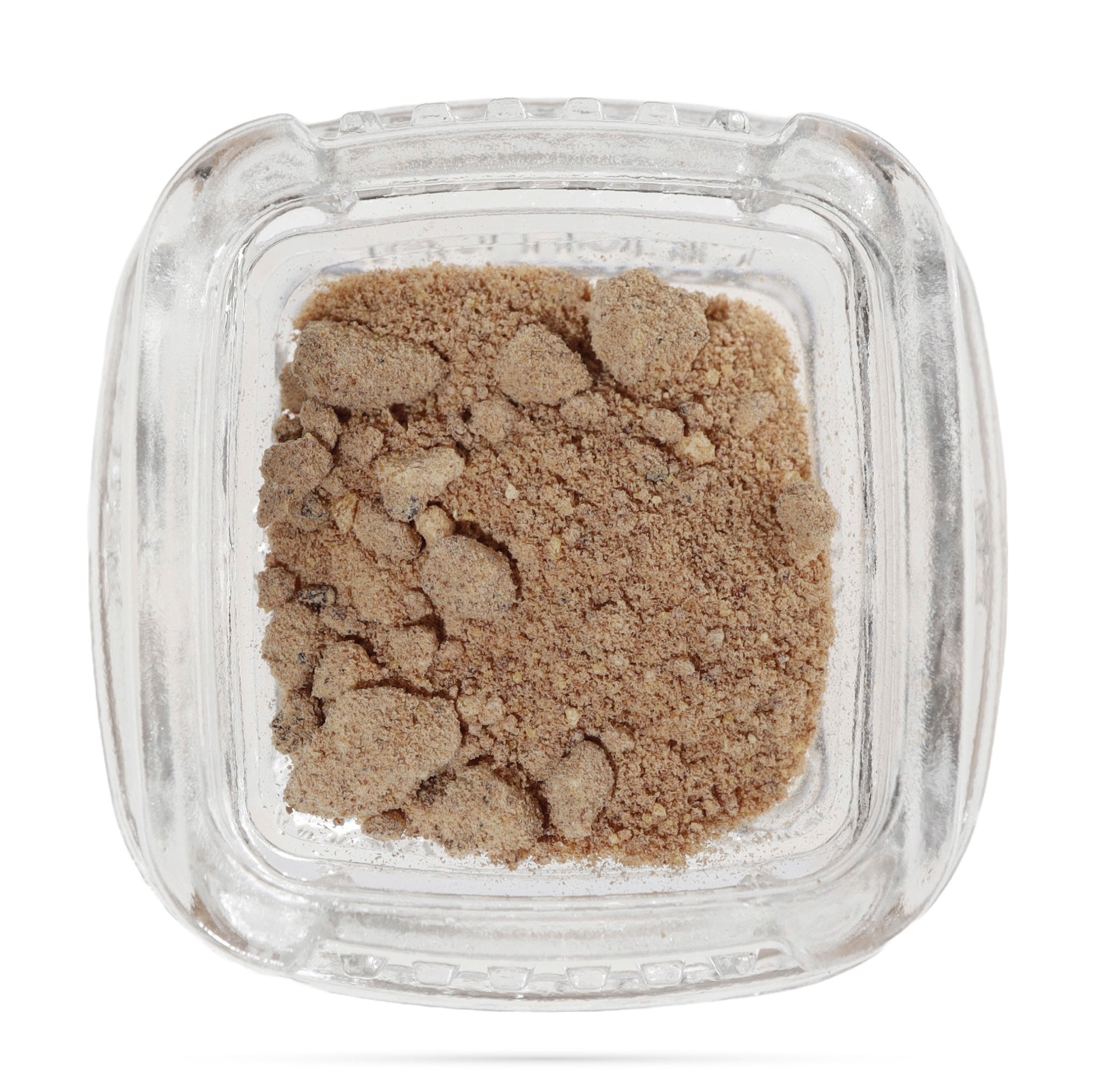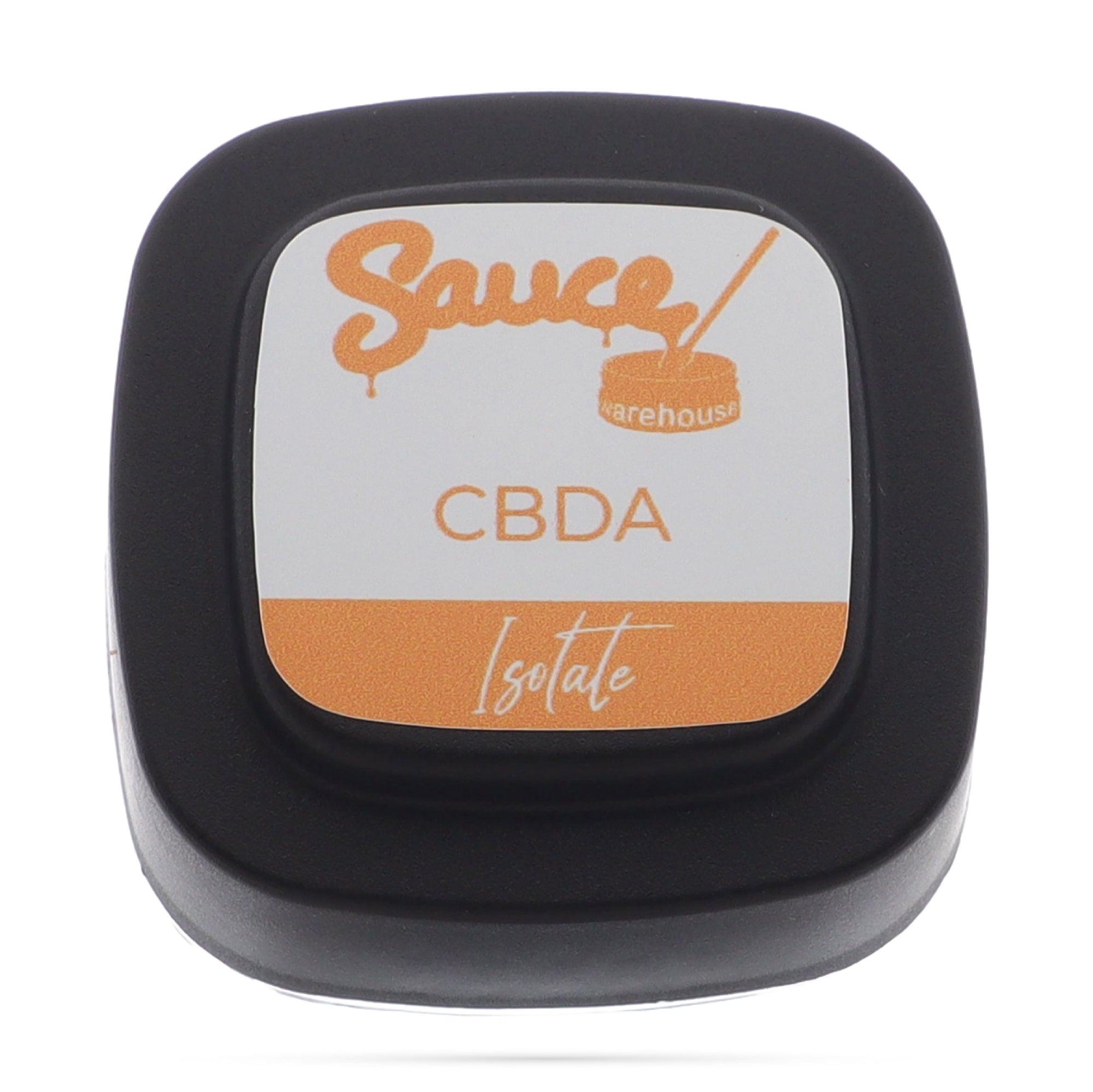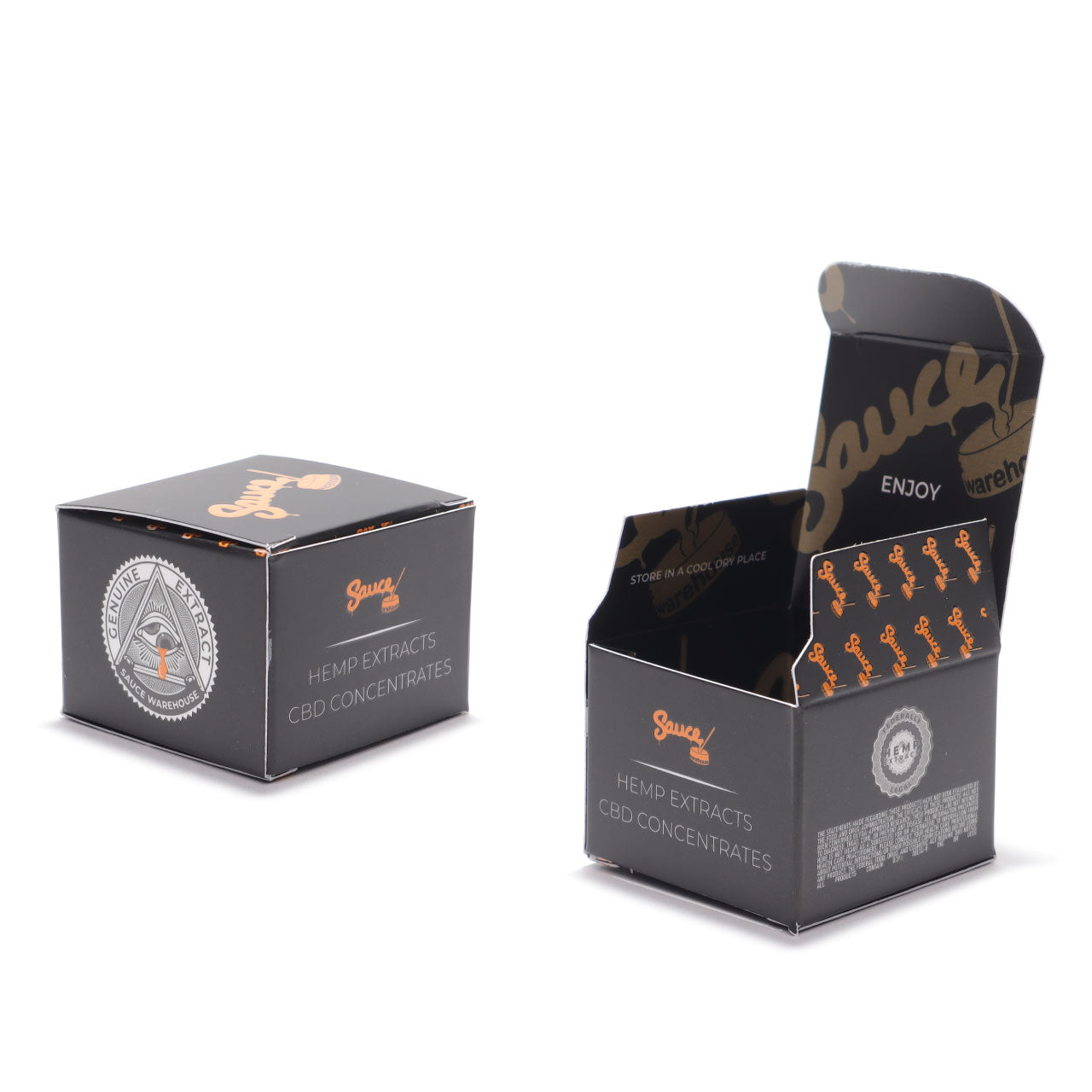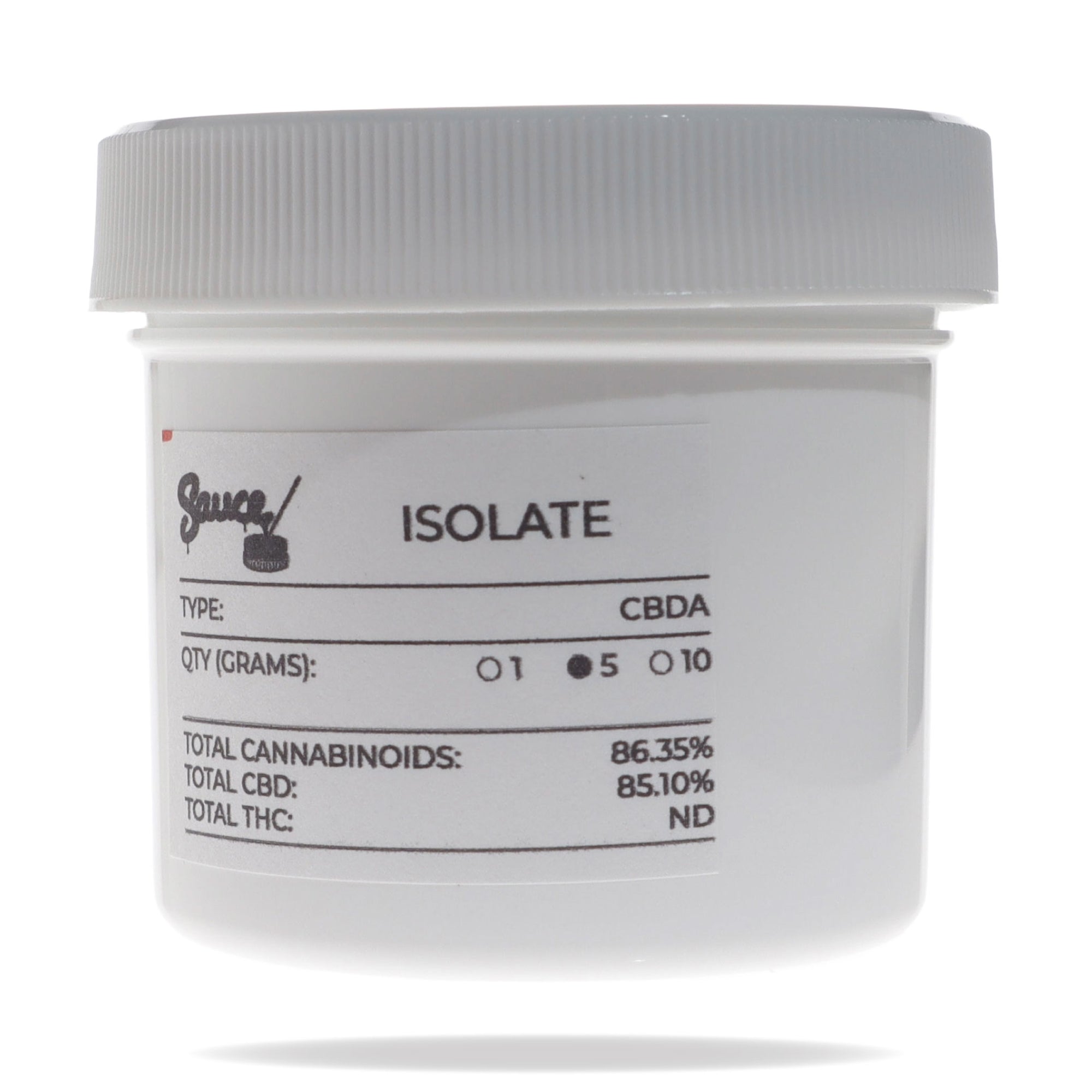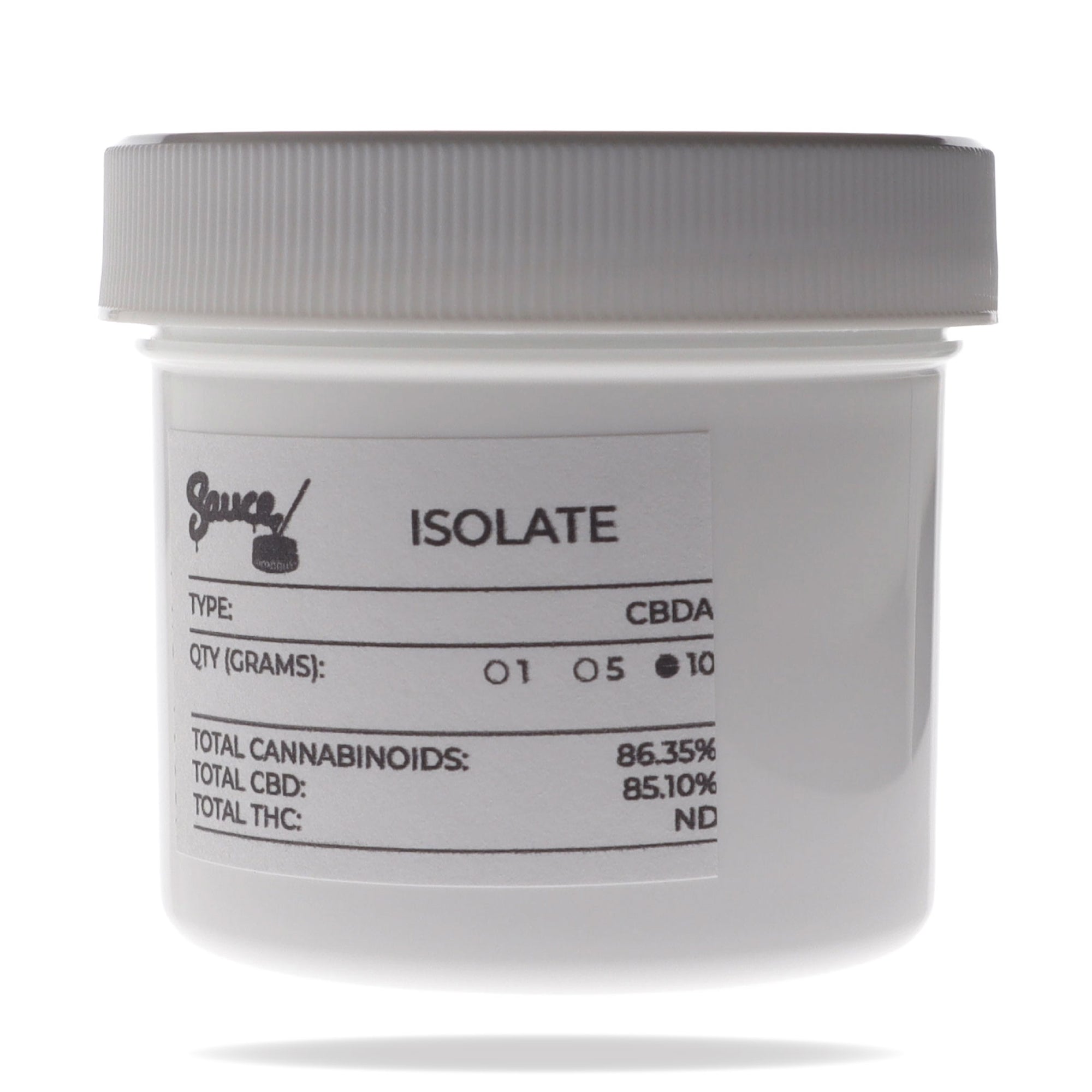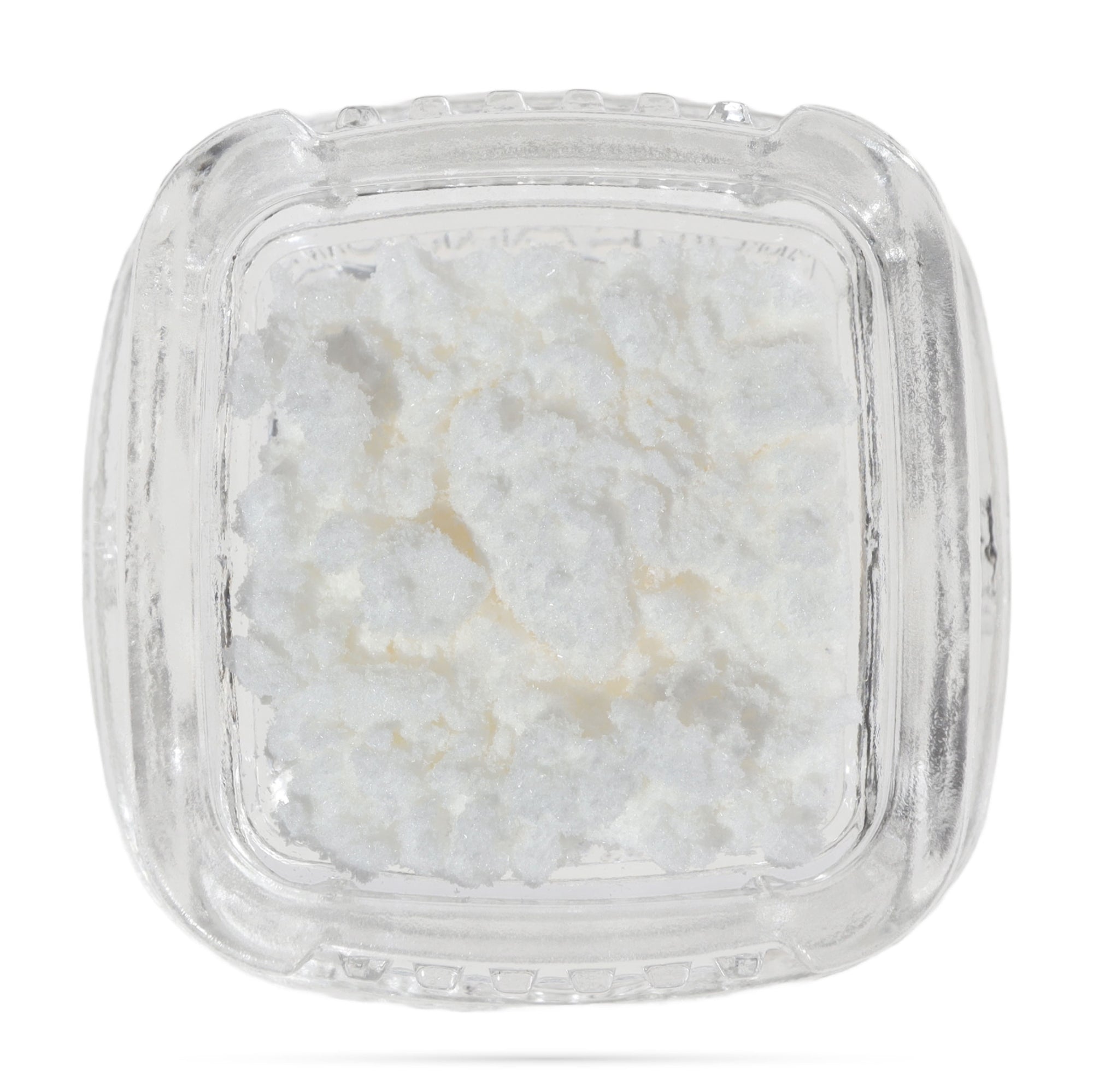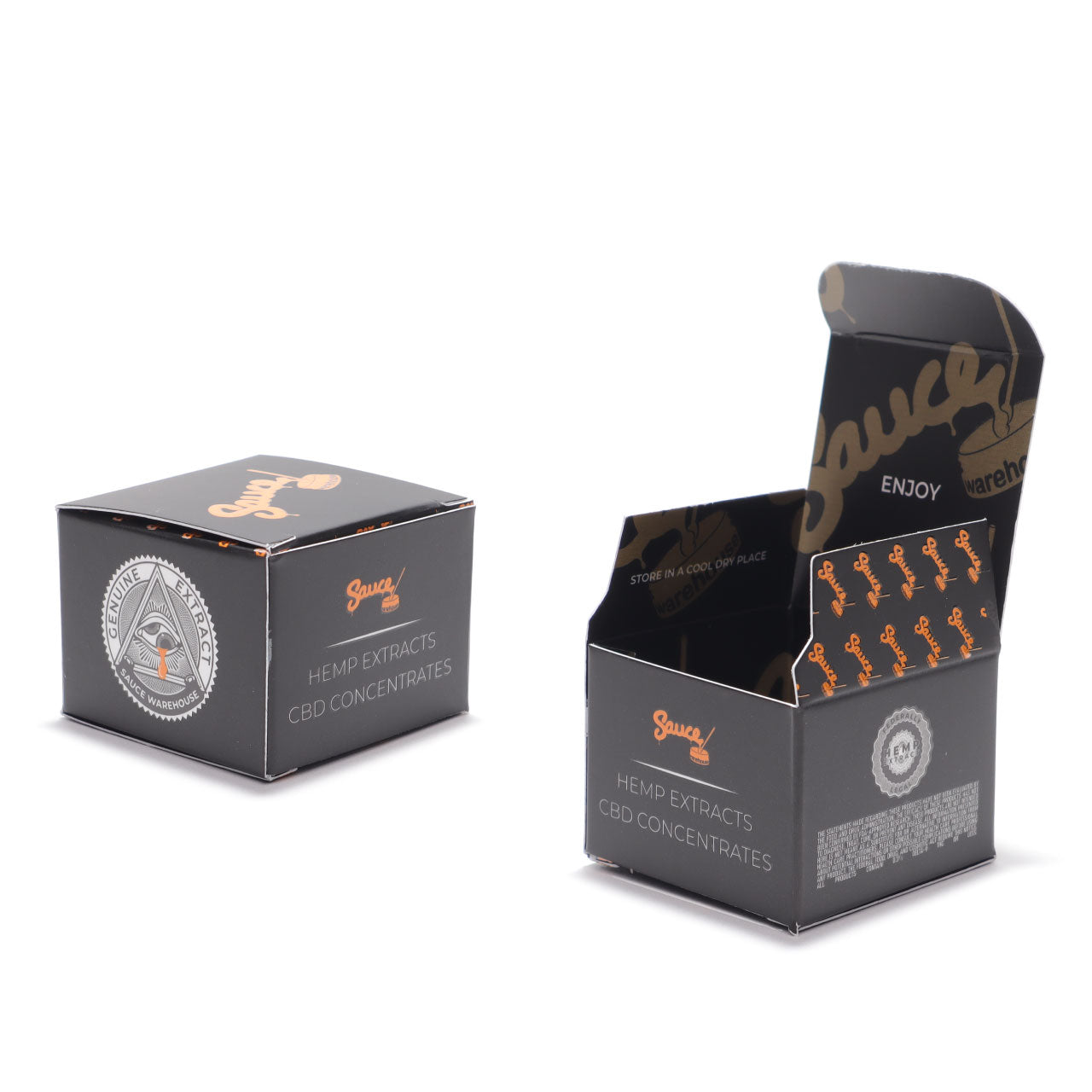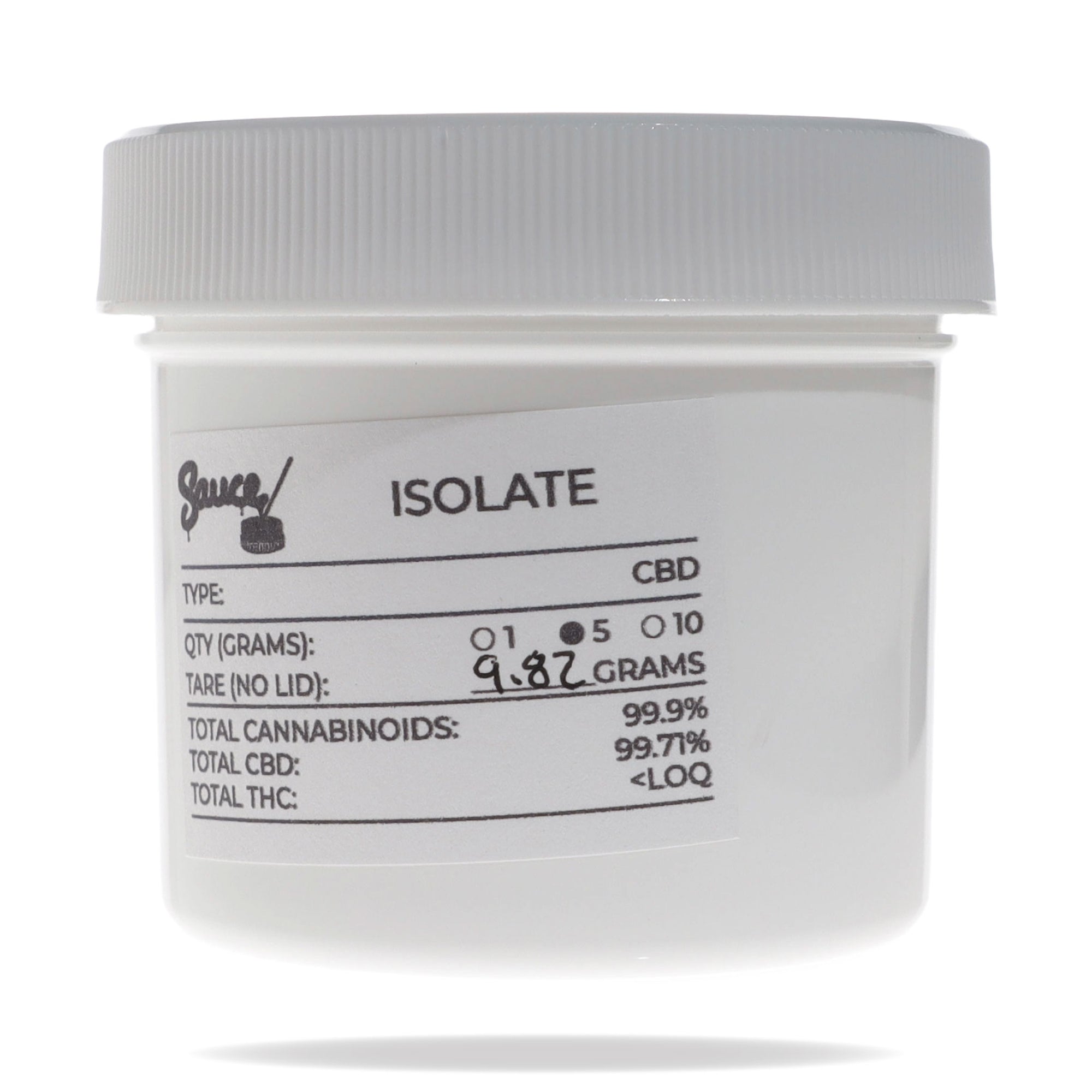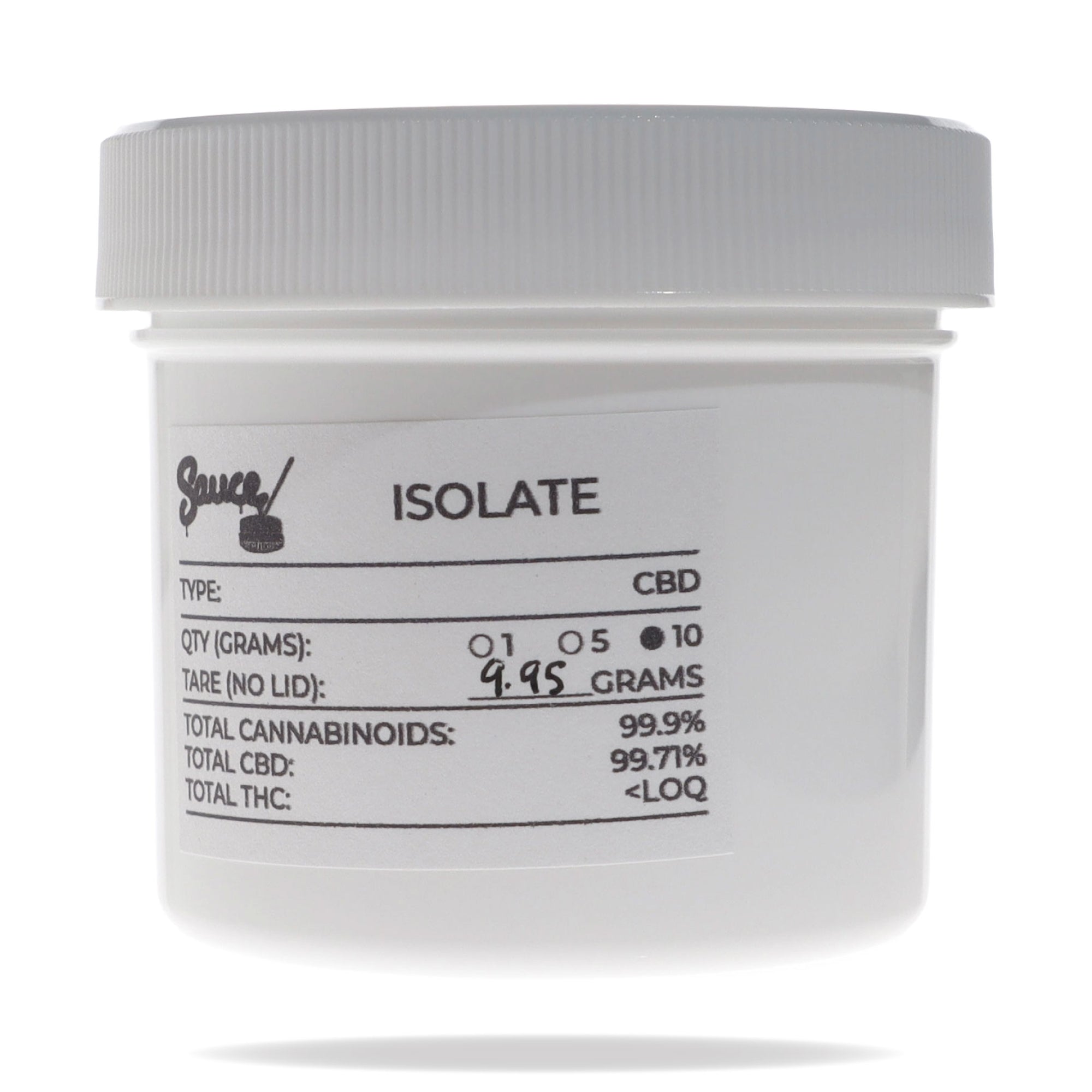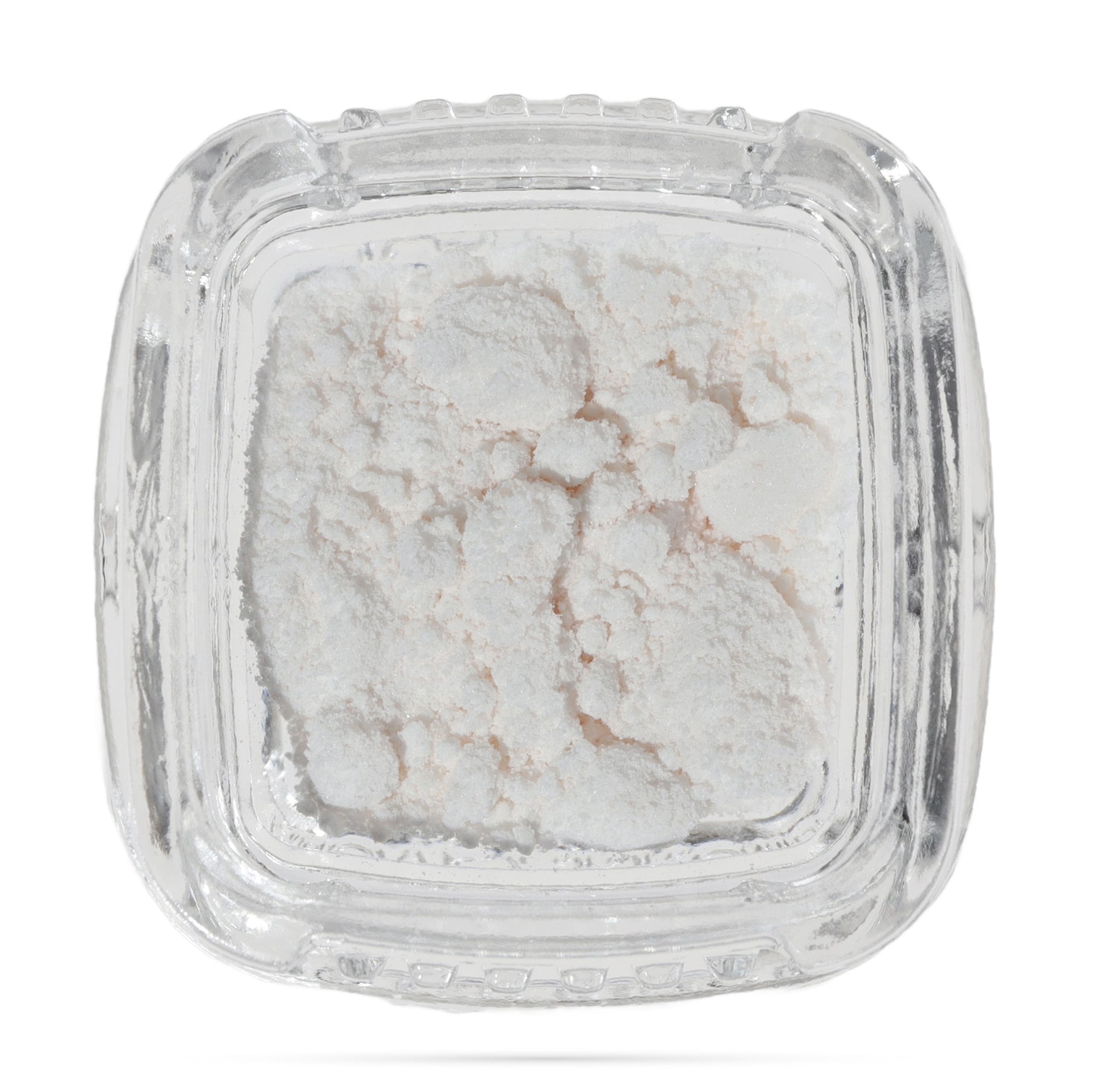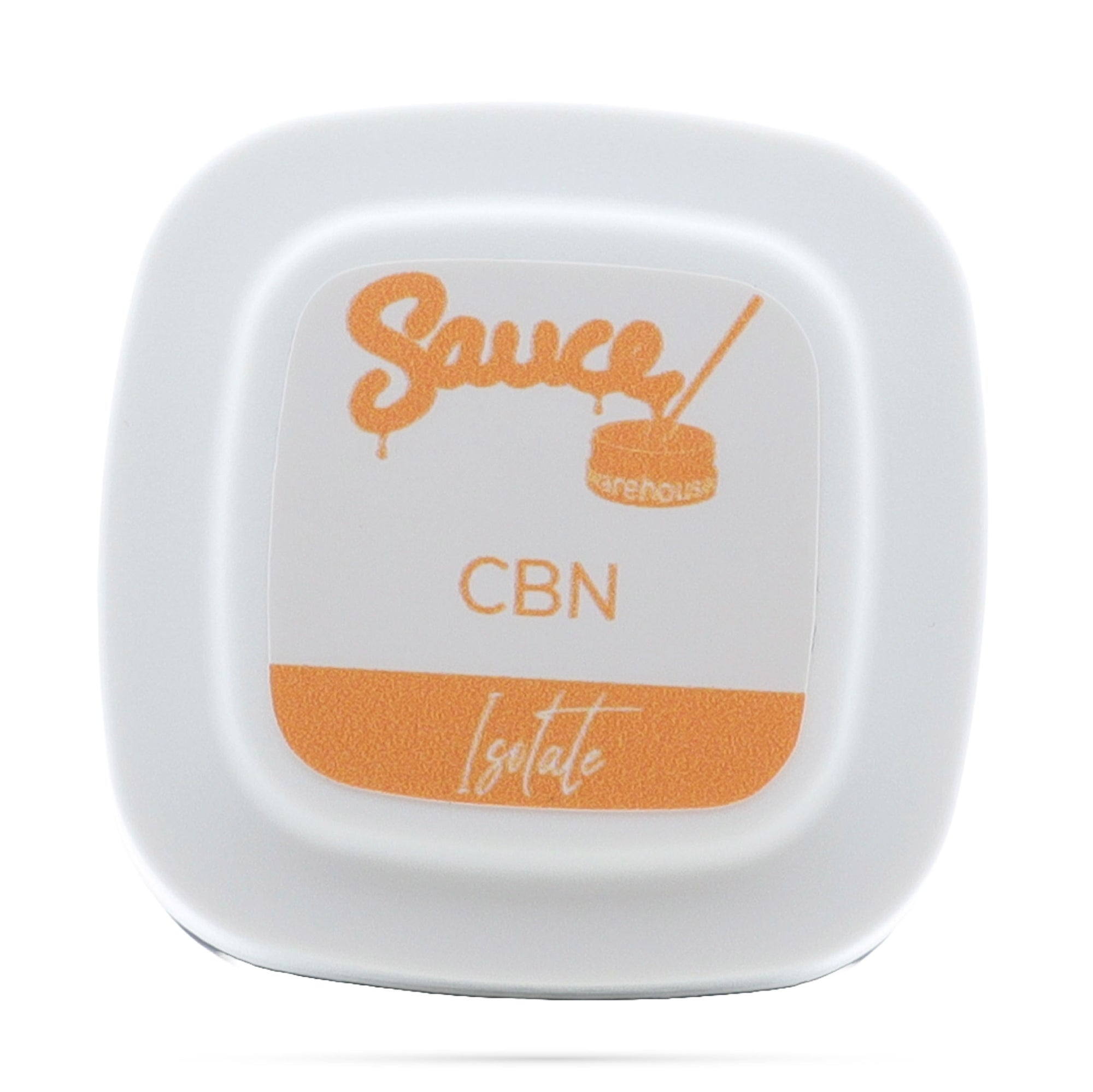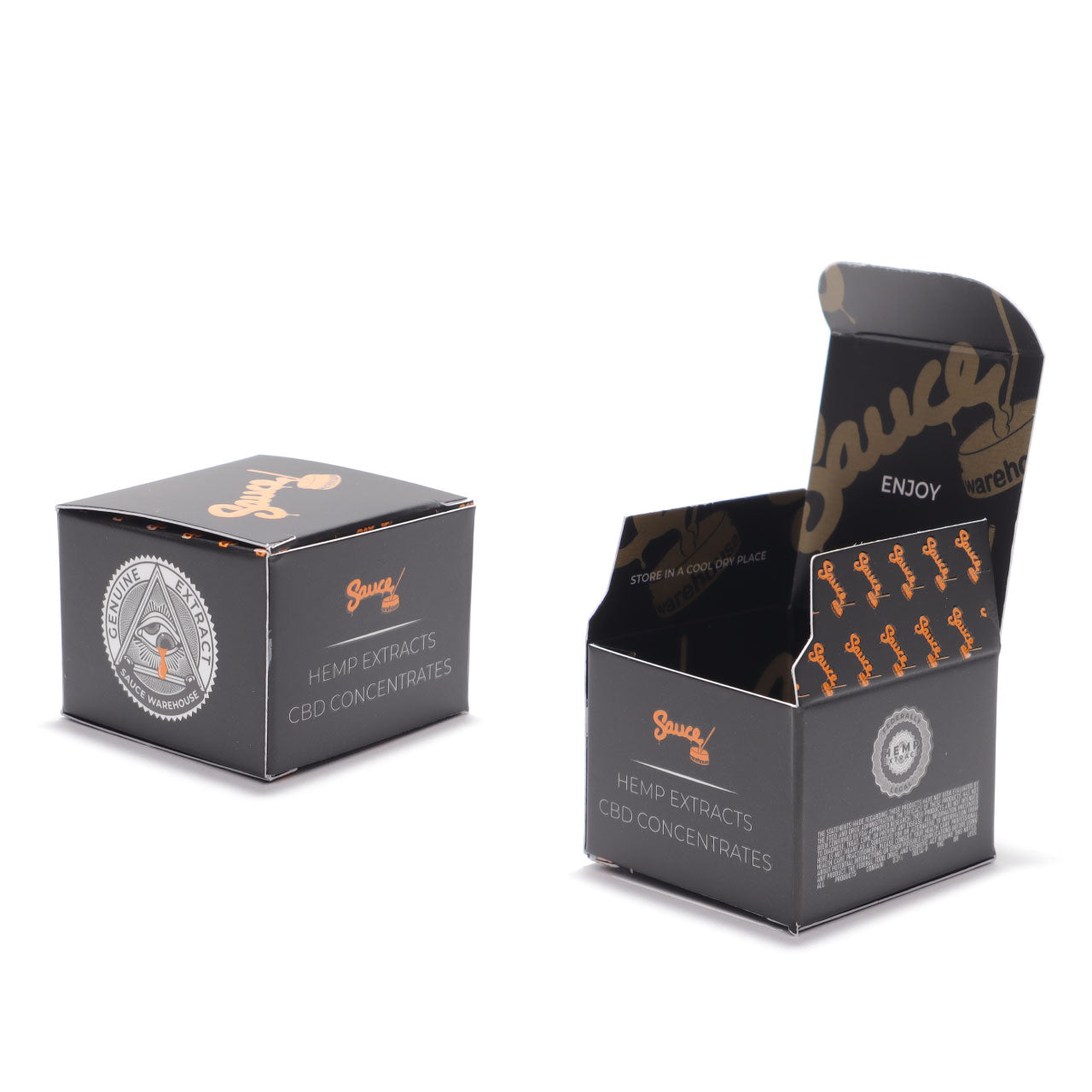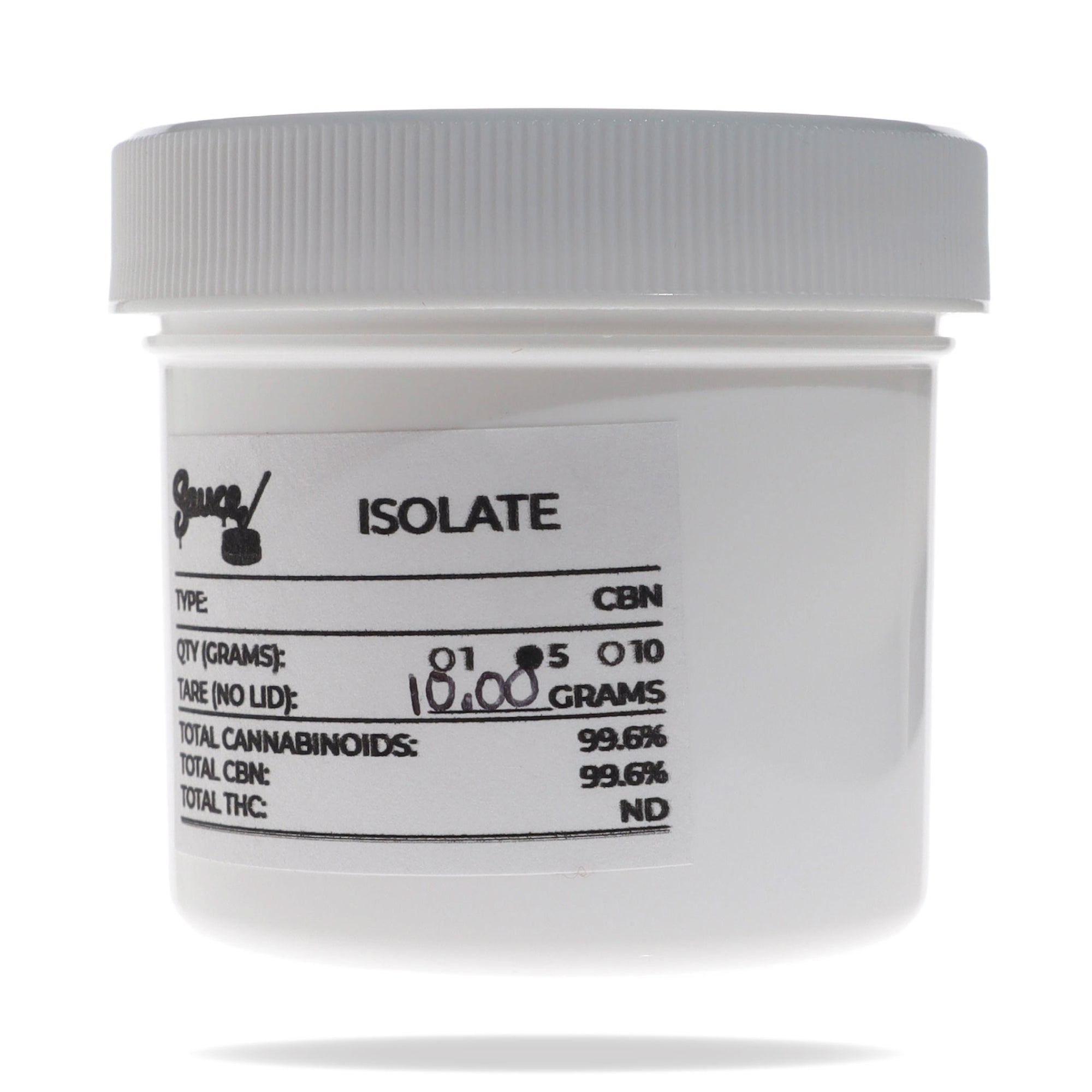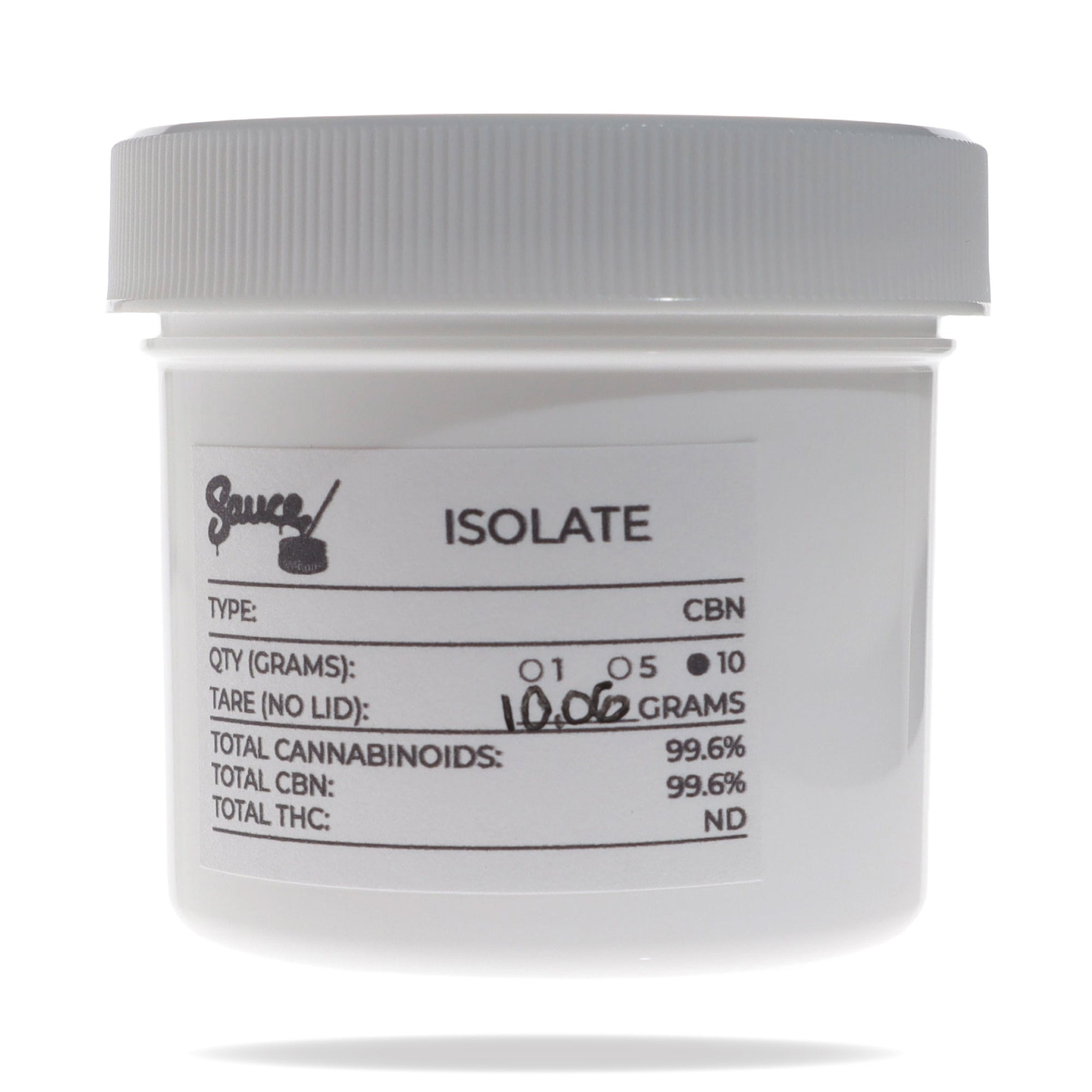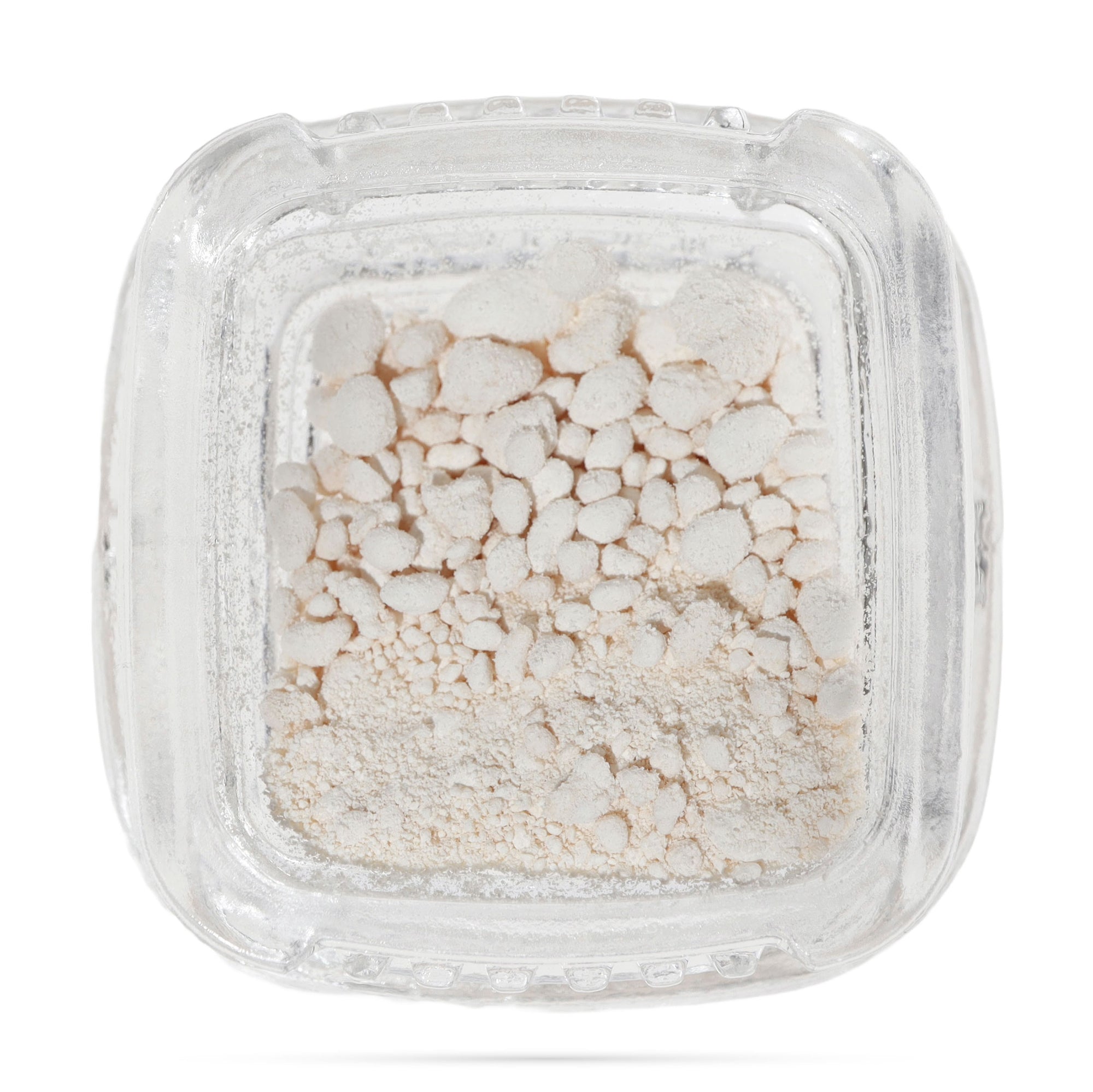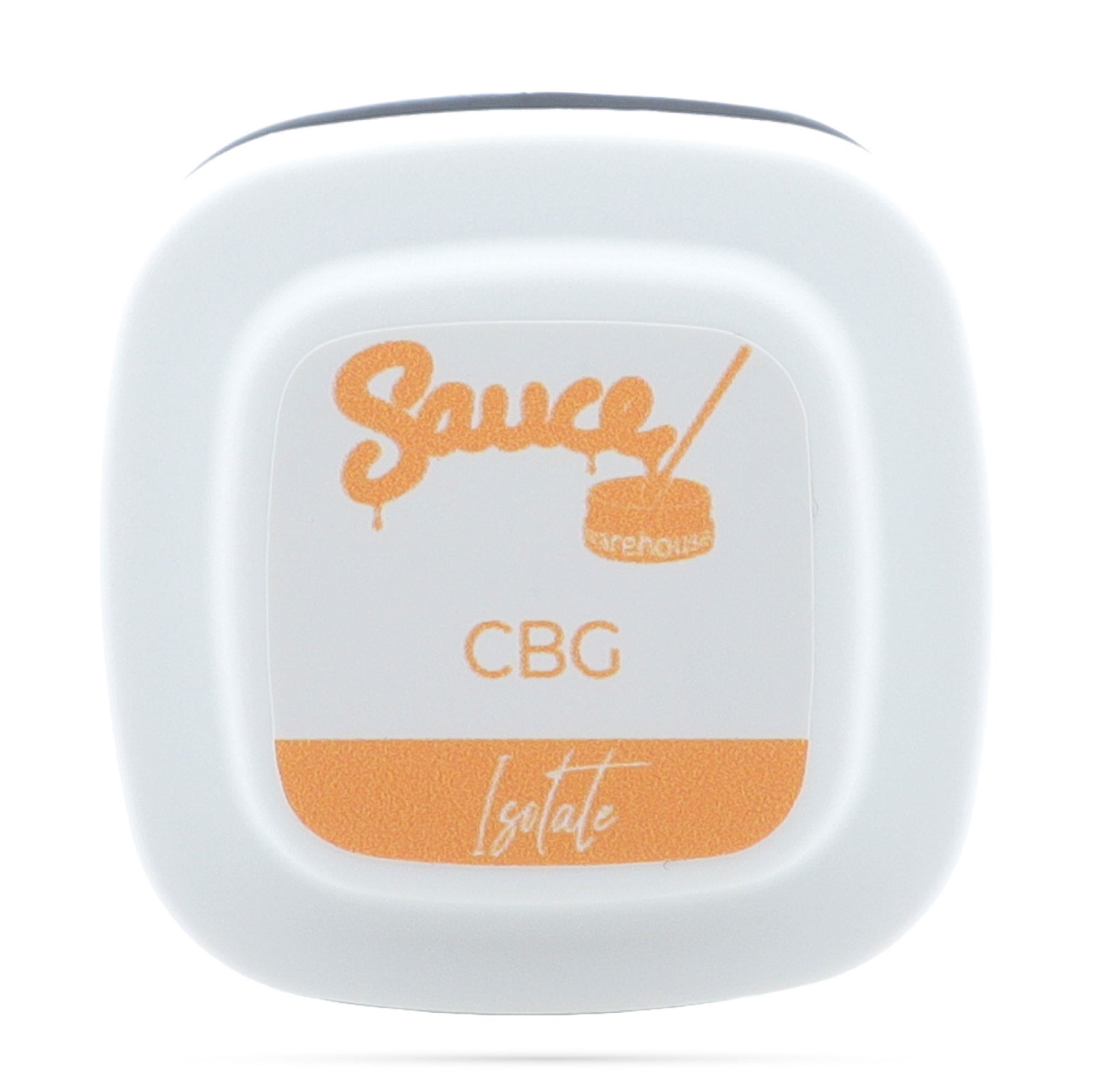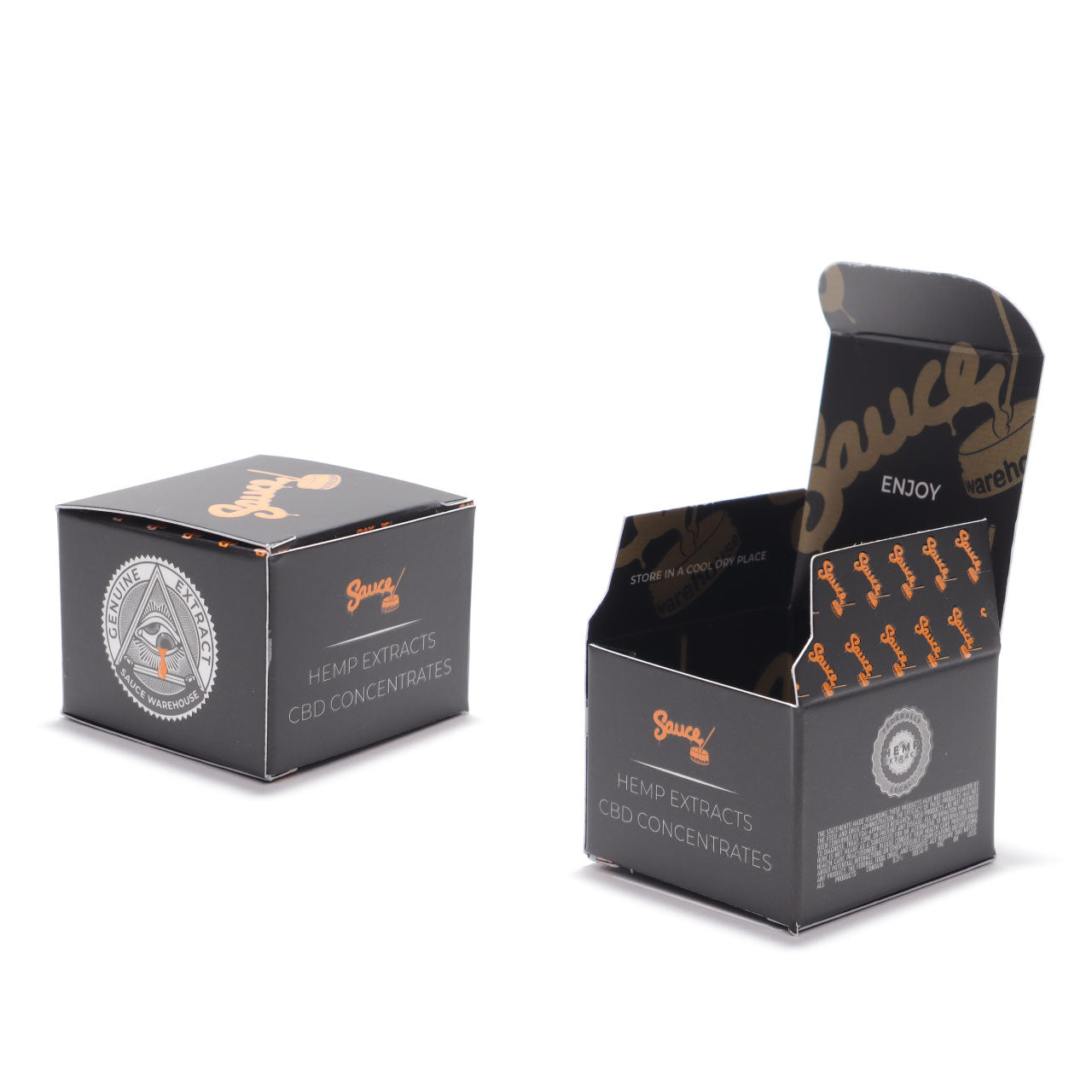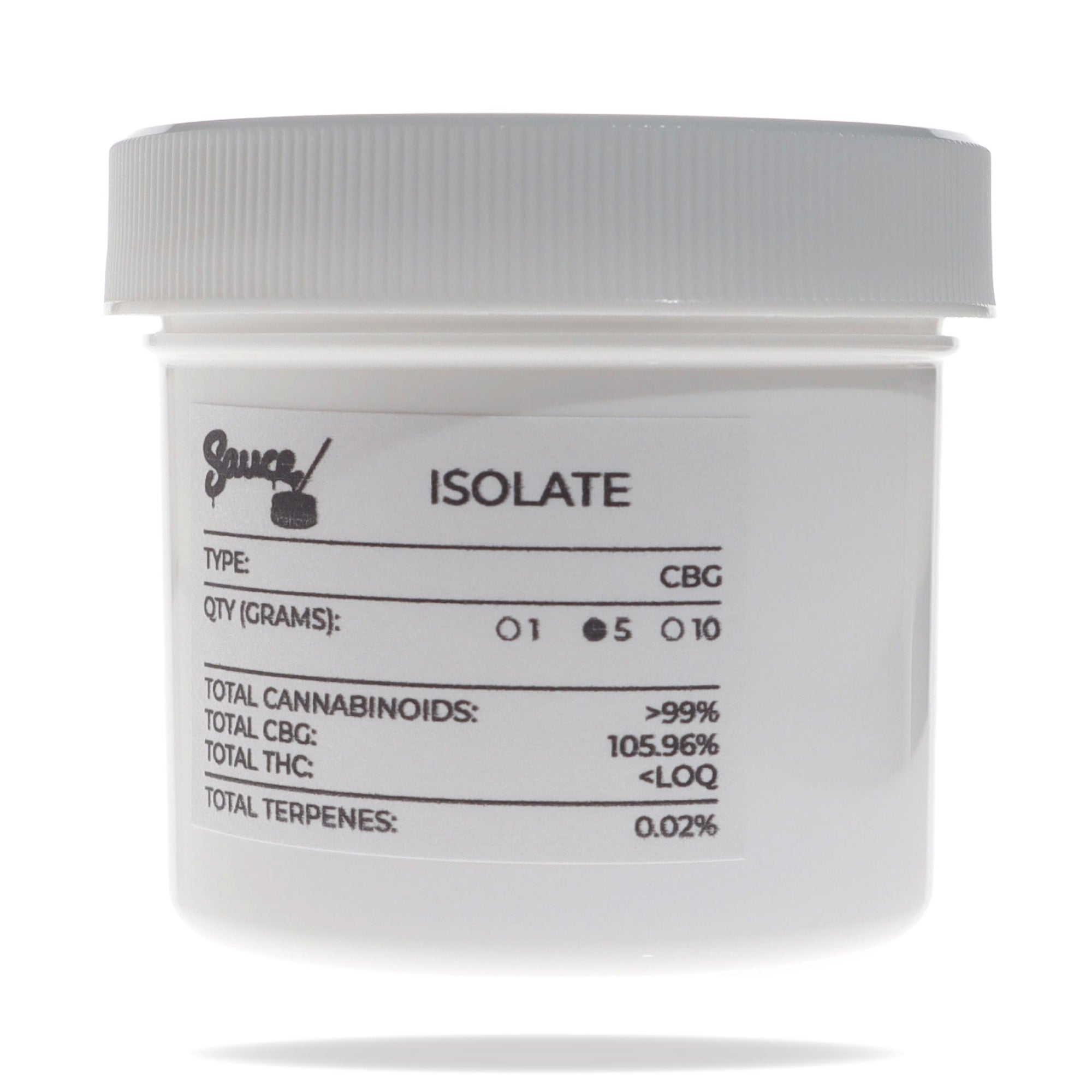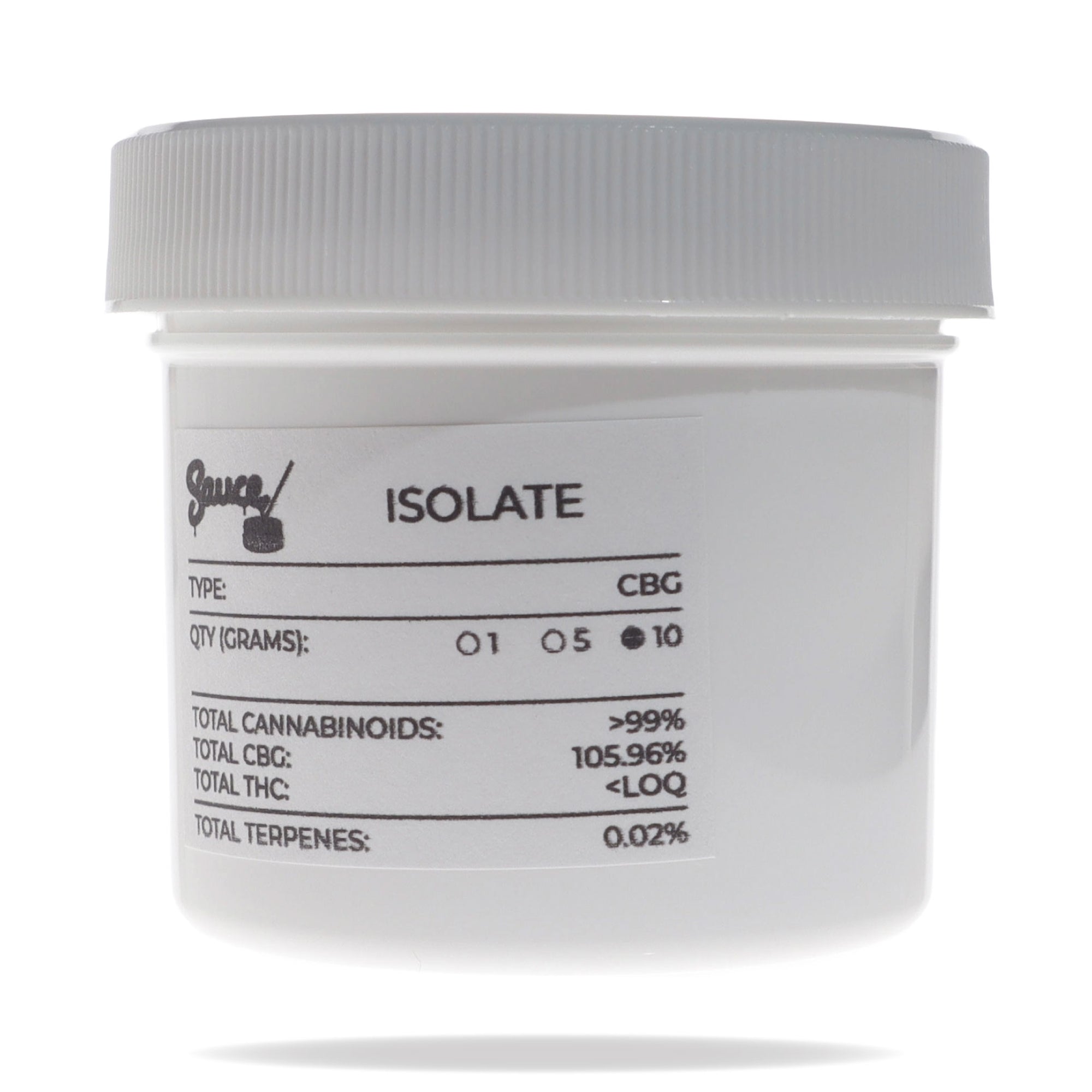Cannabidolic acid or CBDA can be used in a variety of ways.
Here are some common ways to use CBDA isolate:
• Sublingual administration: CBDA isolate can be taken sublingually, which means placing drops of the isolate under the tongue and holding them there for a minute or two. This allows for fast absorption into the bloodstream through the mucous membranes in the mouth. This requires a liquid form of the isolate, such as a tincture.
• Add to food and drinks: CBDA isolate can also be added to food and drinks for easy consumption. It can be mixed into smoothies, baked goods, or even salad dressings.
• Topical application: CBDA isolate can be added to topical products such as lotions, balms, and salves.
• Vaporizing/Dabbing: If you are familiar with dabbing or vaporizing CBD concentrates, CBDA isolate can be consumed using this method as well. You'll just need a dab rig or a dab pen. Keep in mind the heat involved using these methods is likely to convert the CBDA to CBD.
• Sprinkled on flower in joints/blunts: Sprinkle your CBDA isolate on a joint or a blunt with your favorite flower. But remember, heat will decarboxylate the CBDA converting it to CBD.
When using CBDA isolate, it's important to remember that everyone's dosage needs may differ. It's always a good idea to start with a small dosage and gradually increase until you find the dosage that works best for you. It's also important to consult with a healthcare provider before using any new supplement or product, especially if you are pregnant, nursing, or have a medical condition.
In conclusion, CBDA isolate can be used in a variety of ways, including sublingual administration, adding to food and drinks, topical application, vaporizing, and adding to flower. Dosage needs may differ for each individual, so it's important to start with a small dosage and gradually increase. As with any new supplement or product, it's important to consult with a healthcare provider before use.








